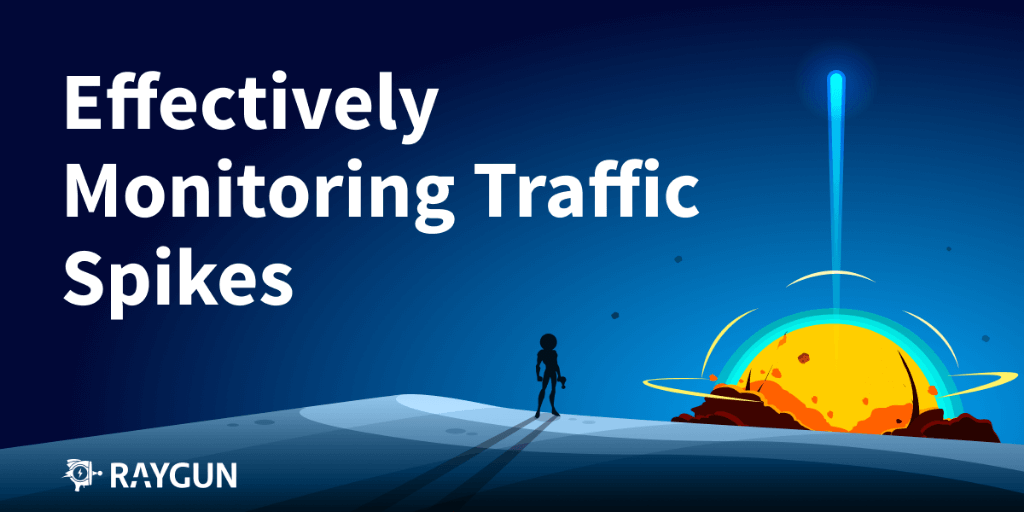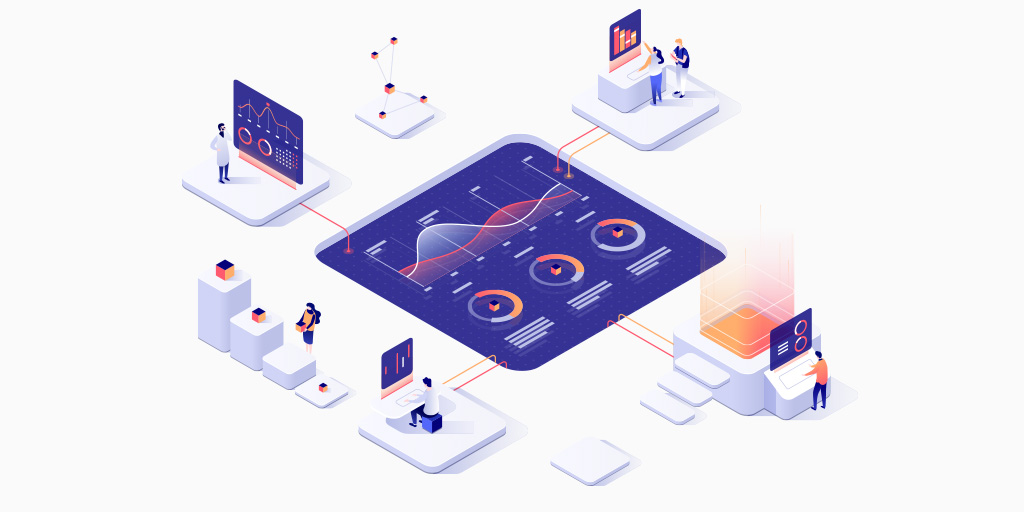Real User Monitoring and User Tracking: How are they different?
Posted Jan 16, 2018 | 3 min. (619 words)If you are looking through Raygun’s features and are wondering what the difference is between the Real User Monitoring and User Tracking features, this article is for you.
In a nutshell, Real User Monitoring tracks performance problems, while User Tracking helps give context to who was affected.
Both tools are part of Raygun’s Software Intelligence platform (alongside Crash Reporting and Deployments). They both use data from your app to help you better understand your user’s connection to your application and help you stand out as a software company that really cares about their users.
Here’s a run-down of the two side by side.
Real User Monitoring
Sometimes, you may want to track a user’s journey by an event. A list of errors in Crash Reporting alone doesn’t necessarily help connect the dots about the effect of the crash on an individual user. So, Raygun built Real User Monitoring (or RUM) to compliment our Crash Reporting tool.
RUM tracks individual users and their interactions with your application, including all the errors they may have run into in their lifetime as a user. RUM shines a light on performance issues you would otherwise have to take time to look for, and will help you answer questions like:
That sounds like a lot of data, but there’s no effect on latency, and all this is served in real-time with an easy to use dashboard:
If you’d like to get set up with Real User Monitoring, you can speak to one of our sales team here.
User Tracking
We built Raygun’s User Tracking feature because development teams aren’t always customer facing, but with every crash comes a unique opportunity to stand out from your competitors and delight your end users.
How? Well, we all know sending a crash report for the user to fill in is ineffective (do you fill in crash notifications?) User Tracking makes the need for sending error reports almost redundant as Raygun notifies you when a particular user experiences a problem.
Imagine how delighted the customer will be when you send a custom email apologizing they encountered the error, perhaps even offering an incentive like a voucher, to return. This is so effective because delivering these types of customer experiences will set you apart in highly competitive software markets.
How User Tracking works
Raygun’s User Tracking feature takes data from both Real User Monitoring and Crash Reporting to provide context around performance issues that have already affected an end user.
User Tracking assigns this to an individual profile, so you can see all the crash and performance problems a particular user had. For example, if you have a customer who may be at risk from churn, you can correlate errors to their user experience. You can also use this data to discover if there is a threshold of too many bugs that turn a user off your service.
Raygun surfaces this data into the User Tracking pages in your main Raygun dashboard so you can identify individual users who have had a poor experience.
To protect your user’s sensitive information, you can choose the level of detail you obtain. If you would like to track users and their details, you will need to use the .setUser() call. If you wish to inject custom data into each error instance, you will need to use the CustomData call. Customdata field is also searchable using our search function.
Why you might need both
Both Raygun’s Real User Monitoring and User Tracking tools are highly effective at building a picture of your software health.
Real User Monitoring helps keep your team aware of performance problems, while User Tracking helps you see how individuals are affected by crashes and software errors.
Try both today.


